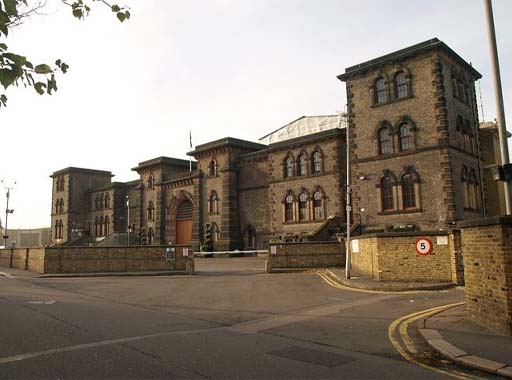3 Pressure for reform: the 1895 Gladstone Committee
By the early 1890s, confidence in a uniform and deterrent system of imprisonment that prioritised the punishment of convicted criminals began to wane. New ways of thinking about crime and criminals were becoming more prominent. In Session 5, you looked at the rise of positivist criminology, the proponents of which argued that crime was not caused by the moral failings of individuals, but was the product of environmental and biological factors. As criminals were not responsible for their behaviour, positive criminologists argued that treatment, not punishment, was a more appropriate response (Wiener, 1990, pp. 228–36).
At the same time, humanitarianism – compassion for the weak and infirm – was being promoted by new organisations such as the Humanitarian League (established in 1891). A new generation of civil servants and MPs were attracted to the idea that state policy (and by extension, penal policy) needed to help individuals to become their ‘best selves’ (Bailey, 2019, pp. 33–42; McConville, 1995a, pp. 550, 580, 583). The rise of this new thinking coincided with a souring of relations between Edmund Du Cane and civil servants in the Home Office (McConville, 1995a, pp. 523–42).

Matters came to a head in January 1894 when Henry Massingham, editor of a leading Liberal newspaper, the Daily Chronicle, published a series of articles entitled ‘Our Dark Places’ which exposed and publicly condemned the prison regime in England and Wales. Massingham argued that prisoners who were kept in silence and solitude, given painful, monotonous and unproductive employment, barely kept alive on a subsistence diet, and subjected to few reformatory influences, were debilitated (severely weakened) by their imprisonment. Some suffered severe mental health problems. Others were turned into repeat offenders (McConville, 1995a, pp. 568–76). Official rates of reoffending had increased to about 55% (Bailey, 2019, p. 57; Wiener, 1990, p. 343). According to Massingham, the prison was not the solution to crime; it was one of the causes of it.
In response, the Home Secretary, Herbert Henry Asquith, appointed a departmental committee to inquire into the state of prisons in England and Wales. Herbert Gladstone, son of the former Liberal prime minister, William Ewart Gladstone, was asked to chair it. The report of the Gladstone Committee, delivered on 10 April 1895, acknowledged the cruelty and inhumanity that had come to characterise the penal regime of the late 1800s.
The result of a highly centralised and uniform system, the Committee argued, was that ‘the prisoners have been treated too much as a hopeless or worthless element of the community’ (Report from the Departmental Committee on Prisons, 1895, p. 7). They declared that both deterrence and rehabilitation should be pursued as the ‘primary and concurrent’ objects of prison discipline. They proposed, among other things, the abolition of hard labour machines, the reduction of time spent in separate confinement, and the development of education and training opportunities.
